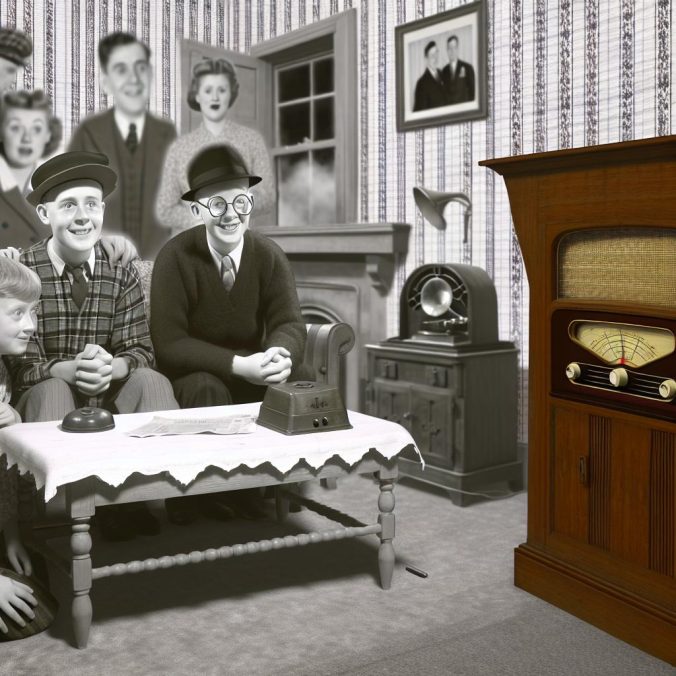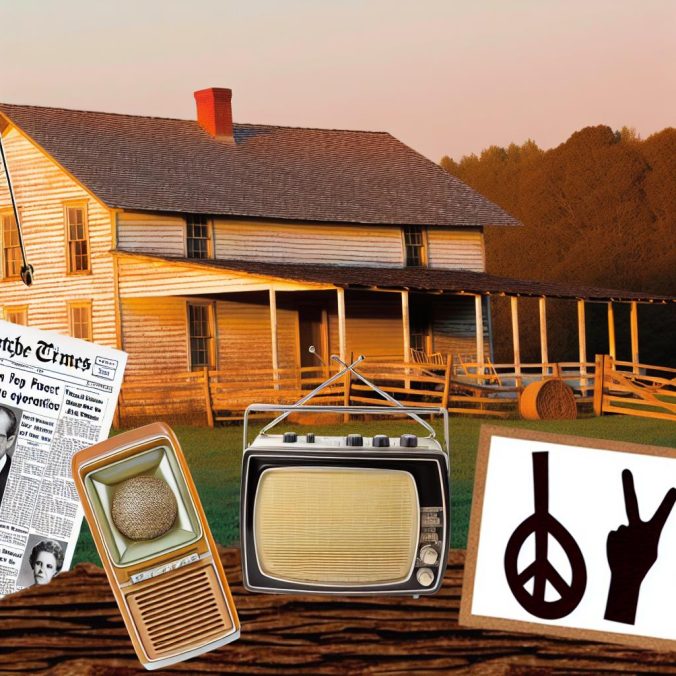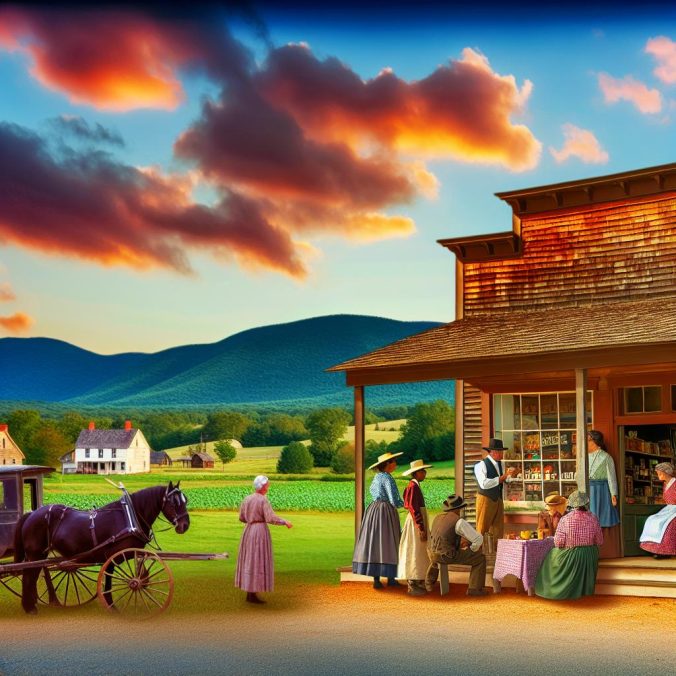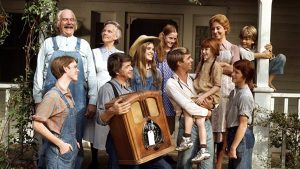The Integration of World War II in The Waltons
The popular television series, The Waltons, aired from 1972 to 1981, offering a heartwarming depiction of a rural American family navigating the Great Depression and World War II. The impact of World War II on the show was pivotal, as it shaped character development and plotlines, while also providing a historical backdrop that added depth to the series.
Historical Context and Realism
Set in the 1930s and 1940s, The Waltons earnestly incorporated the socio-economic challenges of the time, particularly the effects of World War II on American families. The show provided an authentic portrayal of the era, reflecting the struggles and resilience of the Walton family. This authenticity was crucial in engaging viewers who found solace and nostalgia in its portrayal. The depiction of rural life, economic hardship, and a tightly-knit family striving to maintain their values amidst adversity resonated with audiences, reminding them of a significant chapter in American history. Such realism helped ground the series, giving it an educational element that went beyond entertainment.
Character Development Through War
World War II played a significant role in evolving the characters of The Waltons. For example, John-Boy Walton, initially focused on his writing career, finds his path altered as the war progresses. His enlistment and service became a critical arc, demonstrating personal growth and sacrifice. The experience of war matured John-Boy, revealing layers of his character that might have remained dormant in peacetime. His journey mirrored that of many young Americans of the era, whose futures were irrevocably changed by global conflict. Other characters, such as Jason Walton, also experienced transformation as they responded to the demands and uncertainties of wartime America. This exploration of character allowed for diverse storytelling opportunities, shedding light on different responses to the same historical event.
Family Dynamics and Community
The war period depicted in The Waltons highlighted shifting family dynamics and community relationships. With younger family members going off to war, the series illustrated the emotional burden on those left behind. These narratives explored themes of anxiety, hope, and loss, depicting the war’s emotional and psychological impact on both individuals and their families. The community depicted in the show reflected wartime unity and collective effort, often portraying how neighbors and friends rallied together during times of need. This emphasis on community solidarity showcased the collective spirit that was vital during such challenging times, capturing how communal support helped families cope with loss and uncertainty.
Reflecting Societal Changes
The show also mirrored broader societal changes brought on by the war. The roles of women, for instance, expanded beyond domestic spheres, echoing real-world shifts as women took on jobs and responsibilities traditionally held by men. This narrative highlighted the evolving role of women, portraying characters like Olivia Walton adapting to these new circumstances. The series subtly illustrated women’s empowerment, as female characters became pivotal in maintaining the home front, thus contributing to the national effort in their way. Economic challenges and resource shortages illustrated in the series underscored the harsh realities many families faced during wartime. These elements were woven into the plotlines, depicting rationing, scarcity, and innovation as families sought to endure the hardships imposed by global conflict. By highlighting these struggles, The Waltons created an authentic narrative that resonated with audiences familiar with wartime experiences or interested in historical depictions.
The Significance of World War II Storylines
The incorporation of World War II into The Waltons carried significant weight in the series’ storytelling. It allowed the show to delve into complex moral questions and the effects of war on individual identity and family unity. The storylines often examined the concept of duty and the personal costs associated with it. Through these plots, the series provided a window into the ethical dilemmas faced by those living through such tumultuous times.
War-themed episodes often juxtaposed personal desires with societal expectations, challenging the characters to reconcile the two. This ongoing tension enriched the narrative, leading to poignant moments that highlighted the human aspect of wartime struggles. In doing so, the series fostered a deeper understanding of World War II’s impact, offering an intimate perspective that history books might overlook.
Educational and Cultural Impact
By depicting World War II, The Waltons assumed an educational role, portraying historical events through the lens of personal stories and family life. The series thus provided insights not only into the war but also into the cultural and societal transformations that it spurred. For viewers, especially younger ones, the show served as a sometimes-first introduction to the complexities of World War II, creating opportunities for discussions about historical events and their lasting effects.
Furthermore, by remaining true to its characters’ experiences and maintaining historical authenticity, the series influenced public perception of the era. It contributed to a broader understanding of the war’s impact beyond battles and political decisions, portraying the transformation of everyday lives. The cultural significance of The Waltons lies in its ability to capture this transition over time, offering a nuanced view of history that emphasizes human resilience and adaptability.
Conclusion
In conclusion, the integration of World War II into The Waltons was instrumental in shaping the series’ narrative and character arcs. By weaving historical accuracy with the personal stories of the Walton family, the show achieved a delicate balance between entertainment and education. Such storytelling not only engaged viewers but provided meaningful reflections on a transformative period in American history. The depiction of familial and community resilience amidst adversity remains a poignant reminder of the enduring power of unity and hope, themes that continue to resonate in contemporary society.





